Vietnamese Mint Companion Planting: The Ultimate Guide To Growing This Aromatic Herb
Vietnamese Mint Companion Planting: The Ultimate Guide to Growing This Aromatic Herb
Vietnamese mint, also known as laksa leaf or rau ram, is a flavorful herb that is native to Southeast Asia. It has a minty, peppery flavor that is often used in Vietnamese cuisine. Vietnamese mint is a relatively easy herb to grow, but it is important to choose the right companion plants to help it thrive.
In this blog post, we will discuss the best companion plants for Vietnamese mint. We will also provide tips on how to plant and care for Vietnamese mint, so that you can enjoy this delicious herb in your own garden.
Why Companion Plant Vietnamese Mint?
Companion planting is a gardening technique that involves planting certain plants together to benefit each other. Companion plants can help to deter pests, attract beneficial insects, and improve the overall health of your plants.
Vietnamese mint is a good candidate for companion planting because it has a strong aroma that can repel pests. It also attracts beneficial insects, such as ladybugs and lacewings, which help to control pests. In addition, Vietnamese mint can improve the soil quality by adding nitrogen and other nutrients.
Best Companion Plants for Vietnamese Mint
The following are some of the best companion plants for Vietnamese mint:
- Oregano: Oregano is a fragrant herb that can help to repel pests, such as mosquitoes and flies. It also attracts beneficial insects, such as ladybugs and lacewings.
- Marigolds: Marigolds are another fragrant herb that can help to repel pests. They also attract beneficial insects, such as ladybugs and lacewings.

- Carrots: Carrots and Vietnamese mint can be planted together because they have different root systems. Carrots have a taproot, while Vietnamese mint has a fibrous root system. This means that they will not compete for water or nutrients.
- Cabbage, cauliflower, and kale: These vegetables are all susceptible to the same pests, so they can benefit from being planted together. Vietnamese mint can help to repel these pests, which will help to protect your cabbage, cauliflower, and kale plants.

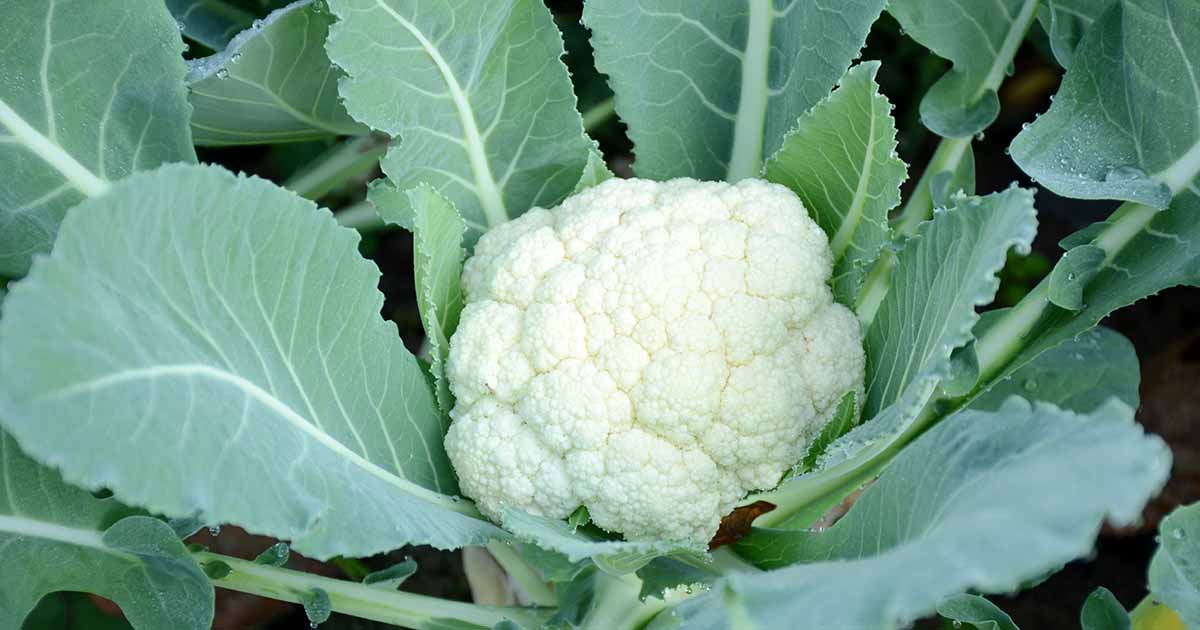

- Tomatoes and eggplants: Tomatoes and eggplants can also benefit from being planted with Vietnamese mint. Vietnamese mint can help to repel pests, such as aphids and whiteflies, which can damage these plants.
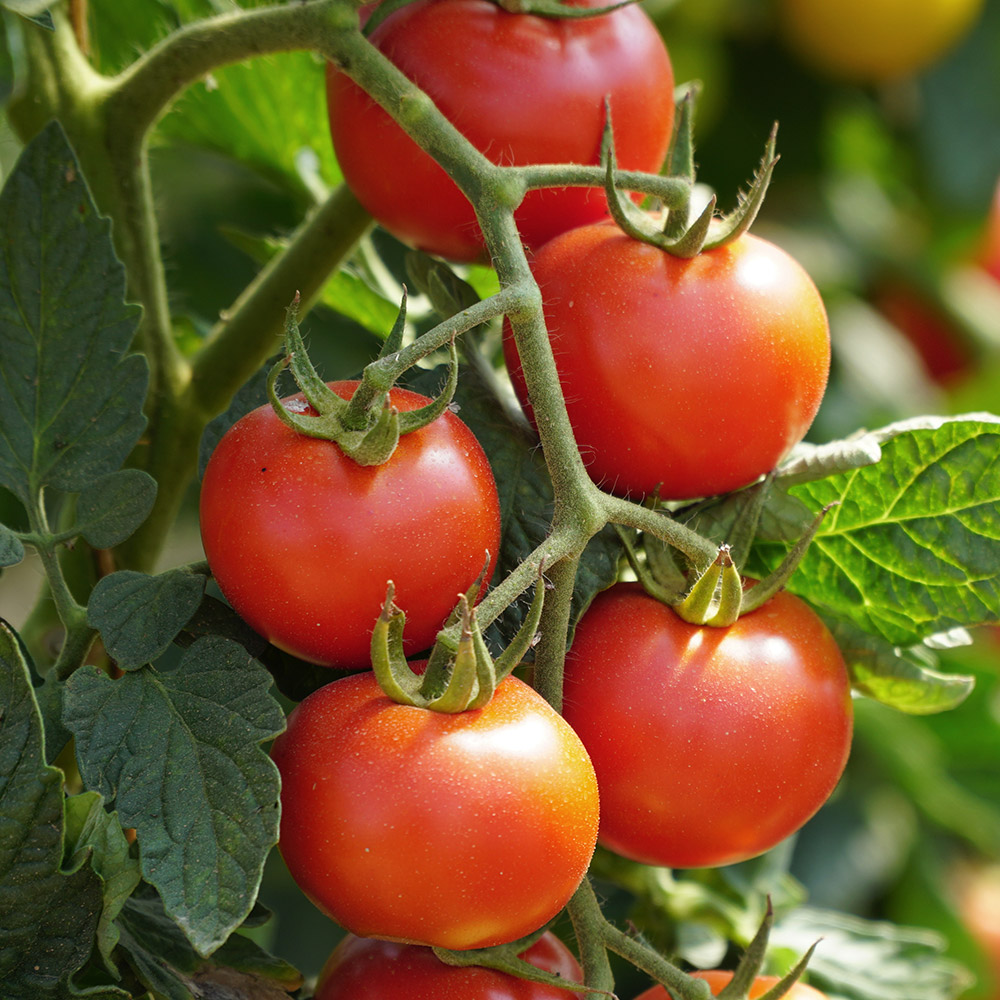
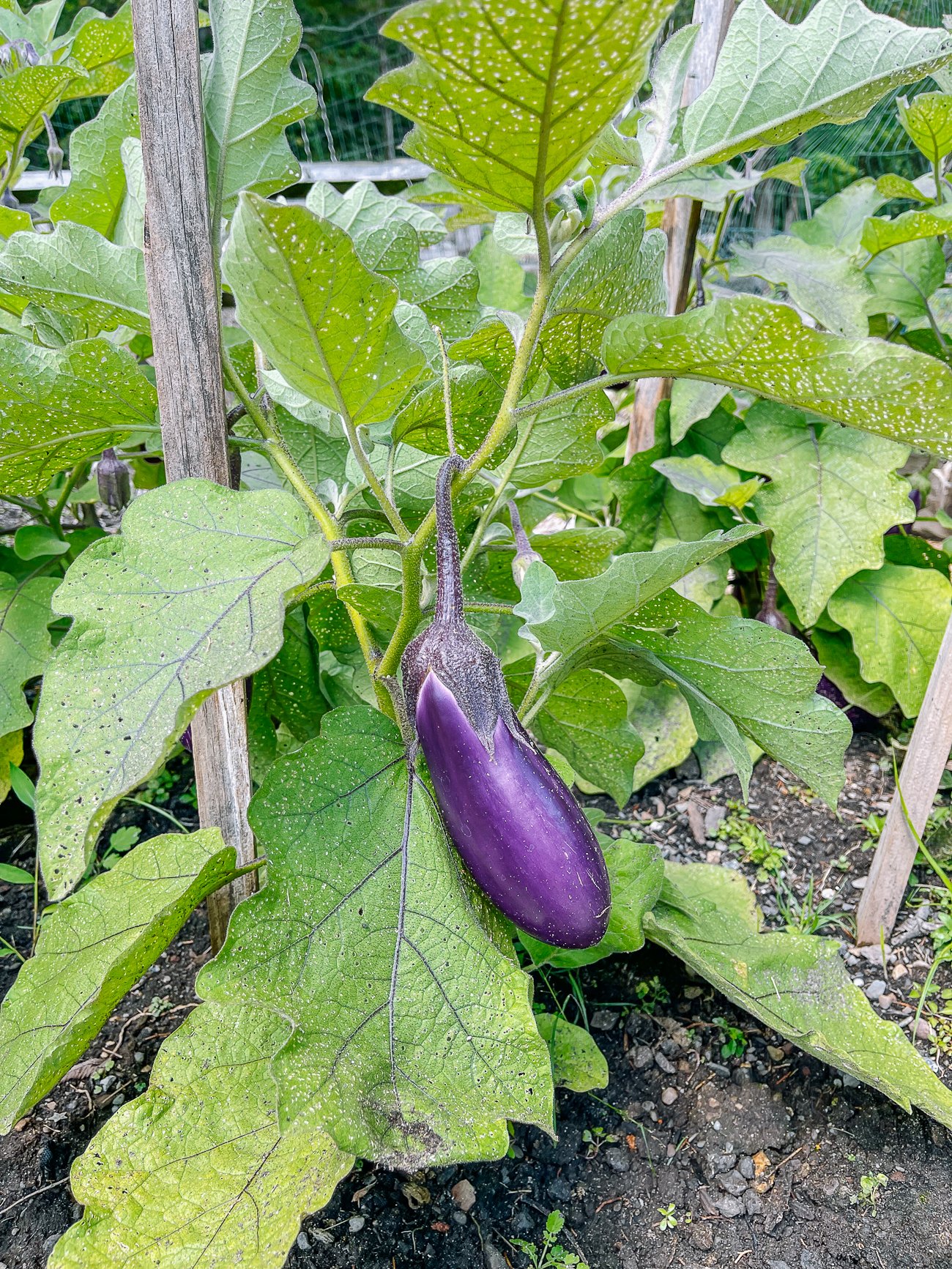
- Peas and beans: Peas and beans are nitrogen-fixing plants, which means that they can add nitrogen to the soil. Vietnamese mint can benefit from being planted with peas and beans, as the nitrogen from the peas and beans will help to improve the growth of Vietnamese mint.
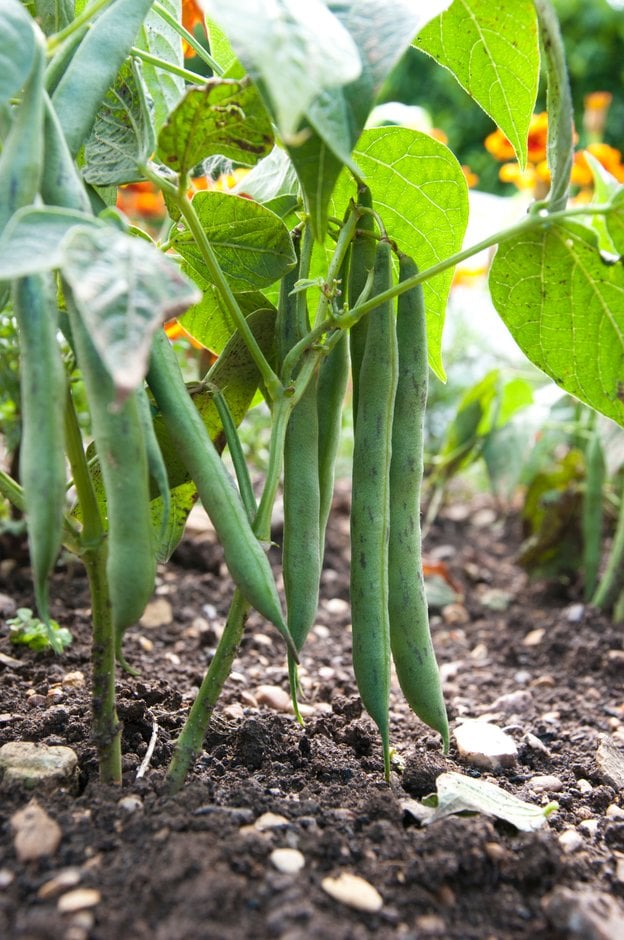-(2).jpg)
How to Plant and Care for Vietnamese Mint
Vietnamese mint is a relatively easy herb to plant and care for. Here are some tips:
- Choose a sunny or partially shaded spot in your garden.
- Plant Vietnamese mint in well-drained soil.
- Water Vietnamese mint regularly, especially during hot weather.
- Fertilize Vietnamese mint every few months with a balanced fertilizer.
- Harvest Vietnamese mint leaves as needed.
Conclusion
Vietnamese mint is a delicious and versatile herb that can be grown in most gardens. By companion planting Vietnamese mint with the right plants, you can help to ensure that it thrives. With a little care and attention, you can enjoy the fresh flavor of Vietnamese mint in your own kitchen for many years to come.
Vietnamese mint is a delicious and versatile herb that can be used in a variety of dishes. It is also relatively easy to grow, but it is important to choose the right companion plants to help it thrive.
Some good companion plants for Vietnamese mint include:
- Basil: Basil and Vietnamese mint have similar growing requirements and they both benefit from being planted near each other. Basil helps to repel pests, while Vietnamese mint helps to attract pollinators.
- Tomatoes: Tomatoes and Vietnamese mint are both members of the nightshade family, and they complement each other well in the garden. Tomatoes help to improve the flavor of Vietnamese mint, while Vietnamese mint helps to deter pests from tomatoes.
- Cucumbers: Cucumbers and Vietnamese mint both enjoy moist soil, and they can help to shade each other from the hot sun. Vietnamese mint also helps to repel cucumber beetles.
If you are looking for more information about Vietnamese mint companion planting, I recommend visiting the website Gardenia Inspiration. This website has a wealth of information about growing Vietnamese mint, including a list of recommended companion plants.
Image of vietnamese mint companion planting
5 different images of "vietnamese mint companion planting" from Pinterest:
- Image 1: Vietnamese mint and lemongrass. These two herbs are both native to Southeast Asia and thrive in moist, well-drained soil. They can be planted together in a pot or garden bed, and they will help to repel pests and attract beneficial insects.
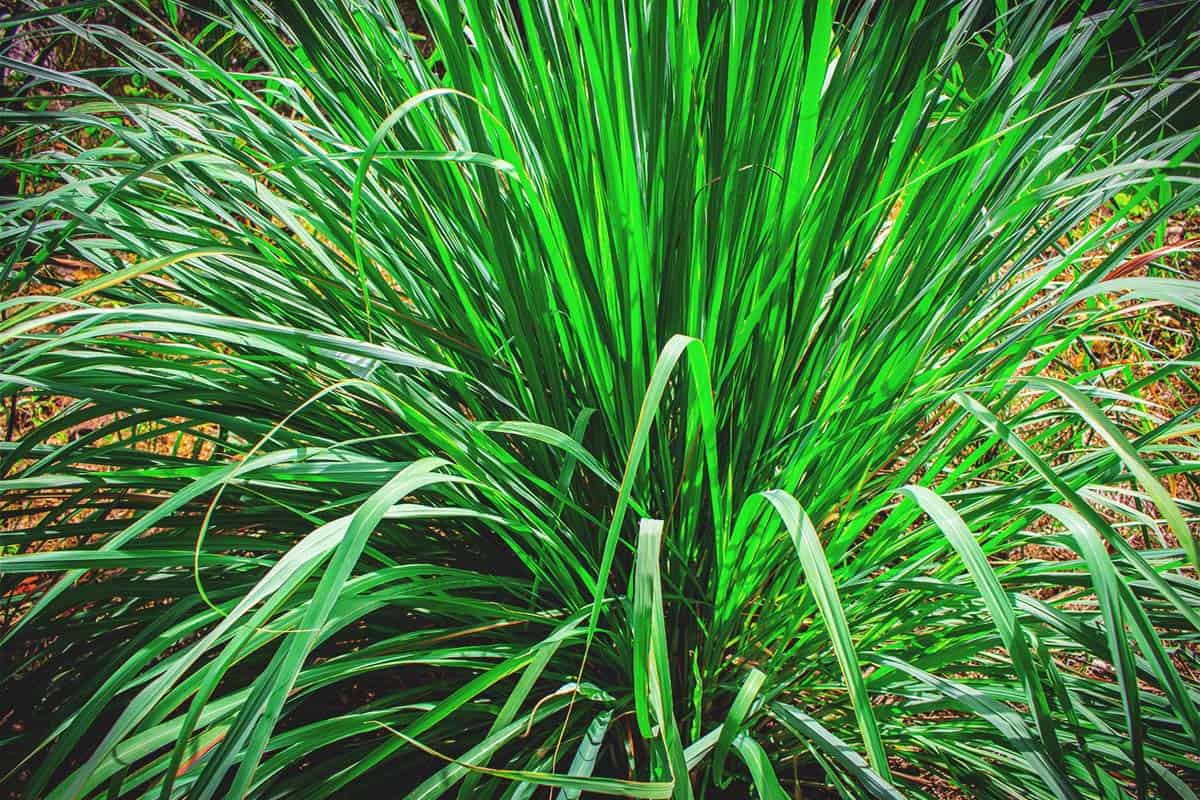
- Image 2: Vietnamese mint and basil. Basil is another herb that is native to Southeast Asia, and it is a popular ingredient in many Asian dishes. Vietnamese mint and basil can be planted together in a pot or garden bed, and they will help to enhance the flavor of each other's dishes.

- Image 3: Vietnamese mint and tomatoes. Tomatoes and Vietnamese mint are both heat-loving plants, and they can be planted together in a pot or garden bed. Vietnamese mint will help to deter pests from tomatoes, and it will also add a refreshing flavor to tomato salads and salsas.
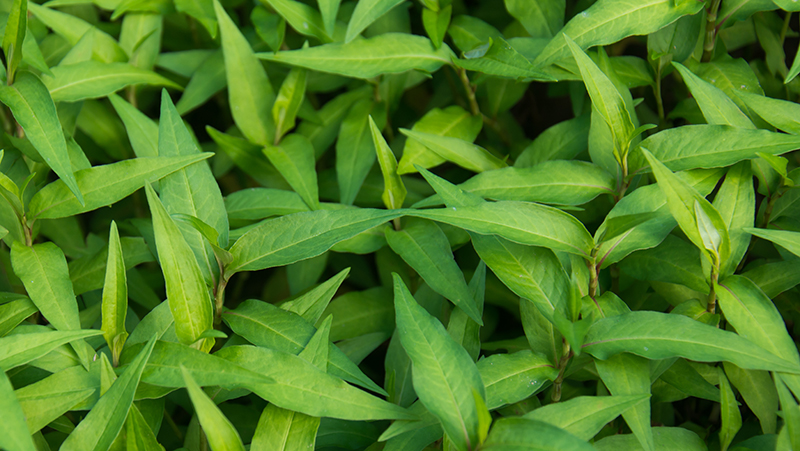
- Image 4: Vietnamese mint and cucumbers. Cucumbers and Vietnamese mint are both water-loving plants, and they can be planted together in a pot or garden bed. Vietnamese mint will help to deter pests from cucumbers, and it will also add a refreshing flavor to cucumber salads and sandwiches.

- Image 5: Vietnamese mint and chives. Chives are a hardy herb that can be planted in a variety of conditions. They are a good companion plant for Vietnamese mint because they help to deter pests and attract beneficial insects.

Post a Comment for "Vietnamese Mint Companion Planting: The Ultimate Guide To Growing This Aromatic Herb"